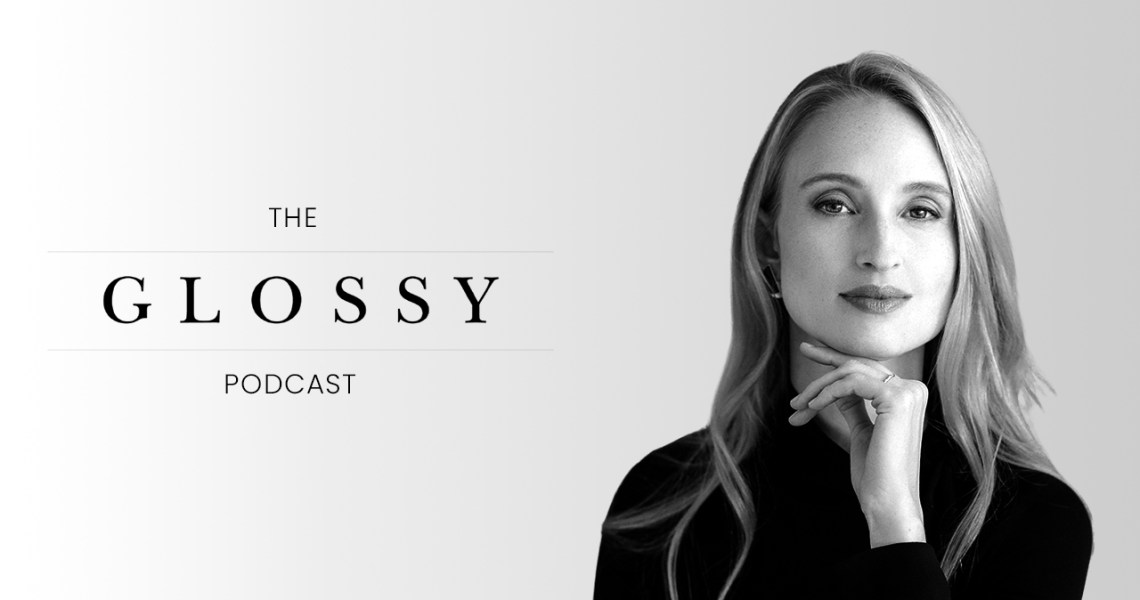Subscribe: Apple Podcasts | Stitcher | Google Play | Spotify
Fashion is a notoriously damaging industry for the environment.
“It was clear to me that the industry was a solid 7-10 years behind a number of other major consumer industries like food and CPG — in owning up to the problems, putting in place solutions and educating the consumer,” Another Tomorrow CEO Vanessa Barboni Hallik said on the Glossy Podcast.
Another Tomorrow is a certified B corp, making it for-profit, but with a clear set of social responsibilities. Its industry peers in that regard include Patagonia and Allbirds.
Each of the company’s garments include a QR code that can be scanned for “the customer to see the entire provenance journey,” Barboni Hallik said, adding that most customers use the function.
Here are a few highlights from the conversation, which have been lightly edited for clarity.
Fashion is almost a generation behind on environmental friendliness
“Frankly, most industries are fairly straightforward in how they screw up the planet, whether that’s oil and gas, or logistics and transportation. But I have to say, when I got to fashion, I was just floored by the magnitude of the negative impact, the complexity of those negative impacts and how little awareness I had about them in making my day-to-day decisions. It was really when I started to take that information, just as a consumer, and found it incredibly, incredibly difficult to actually put [conscious practices] into action, [that] I thought that there was something really wrong. And it was clear to me that the industry was a solid 7-10 years behind a number of other major consumer industries like food and CPG — in owning up to the problems, putting in place solutions and educating the consumer. It was really out of that frustration that Another Tomorrow came about.”
Ad position: web_incontent_pos1
Another Tomorrow’s QR Code, item by item
“It was just on the care/content label of each garment, so that you do see it when it arrives. There’s a little note card that arrives in the box with an explanation and a bit of a call to action. And you can scan it with your phone using the camera. I think all of us have been trained how to do that now, with Covid. And that allows the customer to see the entire provenance journey, and also the reasons why we made some of those decisions [around our supply chain] as they relate back to our values. In response to a lot of interest, to offer some of that information pre-purchase, we’ve also put example journeys on all of our PDPs. The reality is that every single item gets its own unique digital identity. So no two are exactly alike, necessarily. But we do have [similar information] on the product detail pages of the website, as well. And we are able to see the activations that come through. And we’re really excited that the vast majority of customers do utilize this function.”
Staying focused for the typical customer
“Comfort was already a part of her life before Covid — maybe not quite as much emphasis, but it was there. And so we already had a lot in the realm of casual wear — T-shirts, knits, dresses, etc. — in the collection. And so this was the area that we really just adjusted our focus as Covid hit. We do not have a sweatpant. That is something that, of course, I wish that we’d had back in the spring. And we are extending our casual wear range based on the success that we’ve seen to date. But it’s also very important to recognize that this is a moment in time where some preferences will change and that maintaining your core brand identity is really crucial. And so we’ve adjusted, to a degree.”




